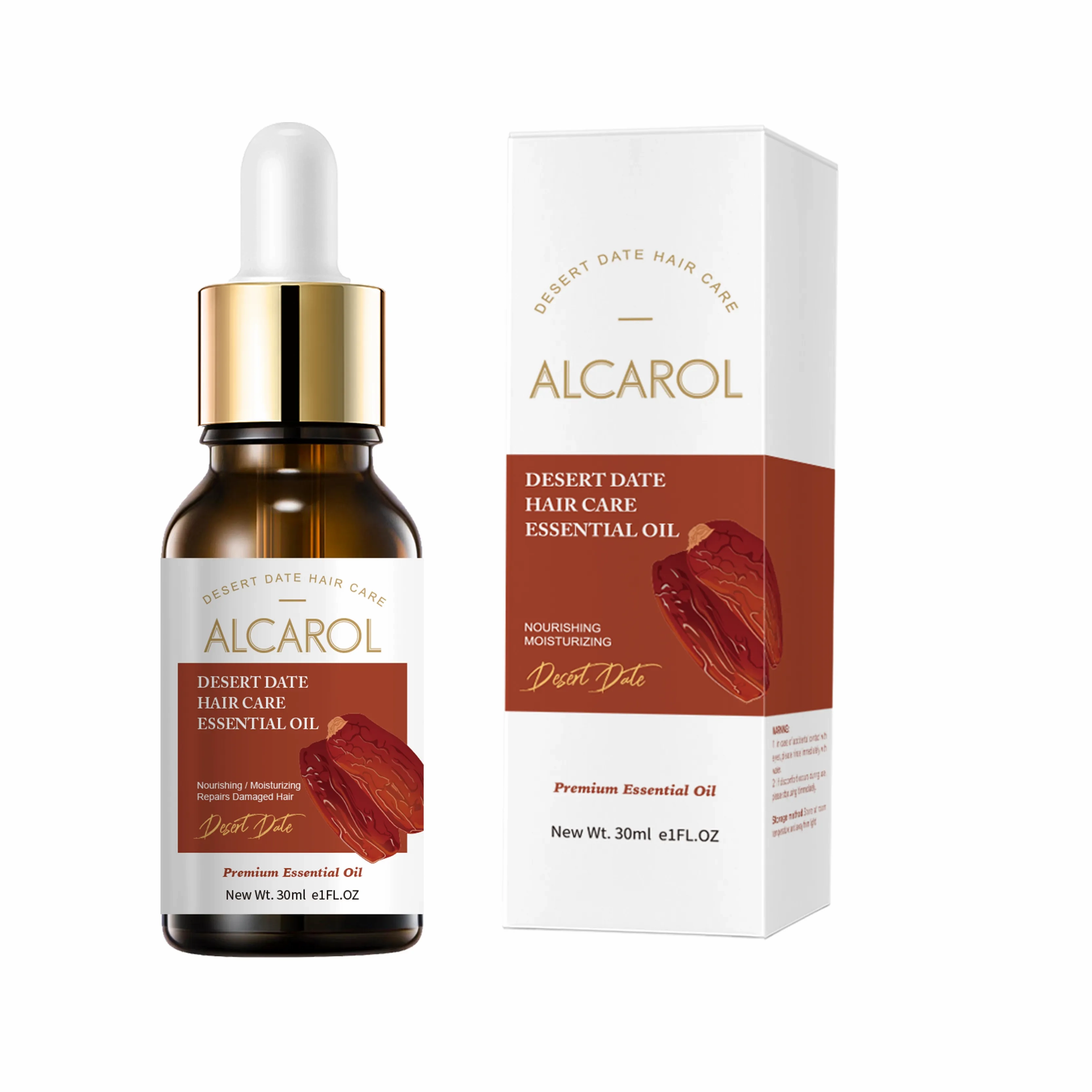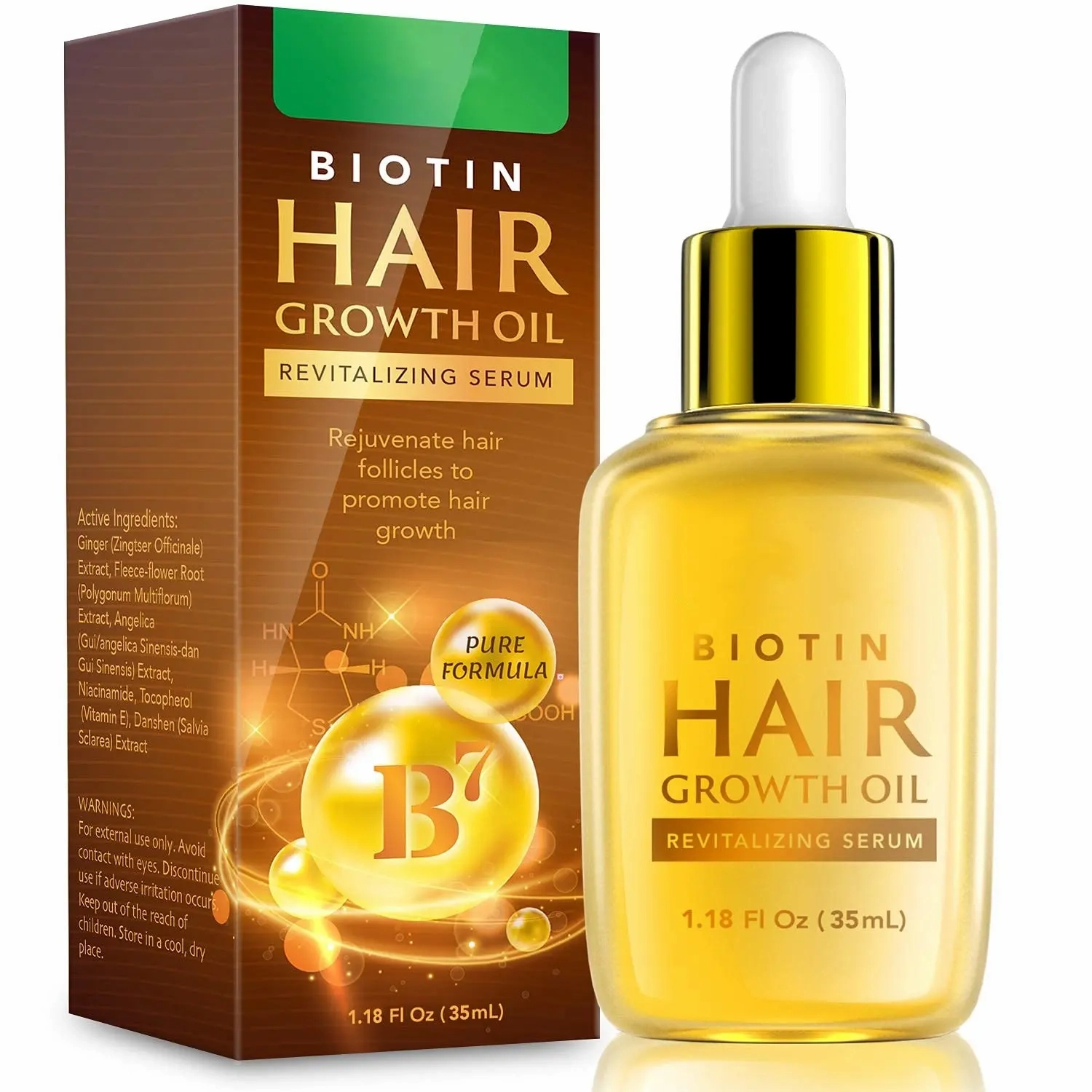Views: 220 Author: cosmeticsinhot Publish Time: 2025-11-07 Origin: Site








Content Menu
>>> 3. Storing Your Wig Properly
>>> 3. Re-styling
>> When to Seek Professional Help
● Key Differences Between Wig Care and Maintenance
>> Frequency
>> Focus
>> Techniques
>>> 1. How often should I wash my wig?
>>> 2. Can I use regular hair products on my synthetic wig?
>>> 3. How can I prevent my wig from tangling?
>>> 4. What should I do if my wig gets damaged?
>>> 5. Is it safe to use heat styling tools on synthetic wigs?
Wigs have become a popular accessory for many individuals, whether for fashion, convenience, or medical reasons. However, the terms "wig care" and "wig maintenance" are often used interchangeably, leading to confusion. Understanding the key differences between these two concepts is essential for anyone looking to keep their wig in optimal condition. This article will delve into the nuances of wig care and maintenance, providing you with the knowledge needed to extend the life of your wig and keep it looking fabulous.

Wig care refers to the daily practices and routines that ensure your wig remains clean, healthy, and visually appealing. It encompasses a variety of activities aimed at preserving the wig's quality and appearance. Proper wig care is crucial, especially for synthetic wigs, which can be more sensitive to heat and styling products.
A daily wig care routine can significantly impact the longevity and appearance of your wig. Here are some essential steps to include:
Brushing your wig daily is vital to prevent tangling and matting. Use a wide-tooth comb or a wig brush specifically designed for wigs. Start from the ends and work your way up to the roots to minimize breakage.
Cleaning your wig regularly is essential to remove dirt, oils, and product buildup. For synthetic wigs, use a mild wig shampoo and lukewarm water. Gently swish the wig in the water and rinse thoroughly. For human hair wigs, you can use regular shampoo and conditioner, treating it like your natural hair.
When not in use, store your wig on a wig stand or in a breathable bag to maintain its shape. Avoid folding or crushing the wig, as this can lead to permanent creases and damage.
Using the right products is crucial for effective wig care. Here are some recommended products:
- Wig Shampoo and Conditioner: Look for products specifically formulated for wigs to avoid damaging the fibers.
- Detangling Spray: A light detangling spray can help manage tangles and keep your wig looking fresh.
- Wig Cap: Wearing a wig cap can help absorb oils from your scalp and protect the wig from damage.
Wig maintenance, on the other hand, refers to the more extensive care practices that are performed less frequently but are equally important. This includes activities that help to restore the wig's original look and functionality over time.
Wig maintenance involves several key practices that should be performed periodically:
Deep conditioning is essential for both synthetic and human hair wigs. This process helps to restore moisture and shine, especially after prolonged use. For synthetic wigs, use a specialized deep conditioner, while human hair wigs can benefit from regular hair masks.
Over time, wigs can suffer from wear and tear. Inspect your wig regularly for signs of damage, such as fraying ends or thinning areas. If you notice any issues, consider taking your wig to a professional for repairs or using a wig repair kit for minor fixes.
As trends change, you may want to re-style your wig. For synthetic wigs, this can be limited due to the heat sensitivity of the fibers. However, human hair wigs can be styled using heat tools, allowing for more versatility. Always use a heat protectant spray to minimize damage.
If your wig requires extensive repairs or re-styling, it may be best to seek professional help. A wig specialist can provide services such as:
- Re-coloring: Refreshing the color of your wig to match your current style.
- Cutting: Adjusting the length or style of your wig for a more personalized look.
- Re-lacing: For lace front wigs, re-lacing can help restore the natural appearance of the hairline.
While wig care and maintenance are both essential for keeping your wig in top condition, they serve different purposes. Here are the key differences:
- Wig Care: Daily or weekly practices that focus on cleanliness and appearance.
- Wig Maintenance: Periodic practices that address long-term wear and damage.
- Wig Care: Emphasizes immediate appearance and hygiene.
- Wig Maintenance: Concentrates on restoring and preserving the wig's overall quality and functionality.
- Wig Care: Involves brushing, cleaning, and proper storage.
- Wig Maintenance: Includes deep conditioning, repairing damage, and professional services.
Understanding the differences between wig care and wig maintenance is crucial for anyone who wears wigs. By implementing a consistent care routine and scheduling regular maintenance, you can ensure that your wig remains in excellent condition for years to come. Remember, a well-cared-for wig not only looks better but also lasts longer, providing you with the confidence and style you desire.

It is generally recommended to wash your wig every 6-8 wears, depending on how much product you use and your lifestyle.
No, regular hair products can damage synthetic fibers. Always use products specifically designed for wigs.
Regular brushing and proper storage are key to preventing tangling. Use a wig stand when not in use.
Inspect your wig regularly for damage. Minor issues can often be repaired at home, but for extensive damage, consider consulting a professional.
Most synthetic wigs are heat-sensitive and can be damaged by heat styling tools. Always check the manufacturer's guidelines before using heat.
Hot Tags: China, Global, OEM, private label, manufacturers, factory, suppliers, manufacturing company